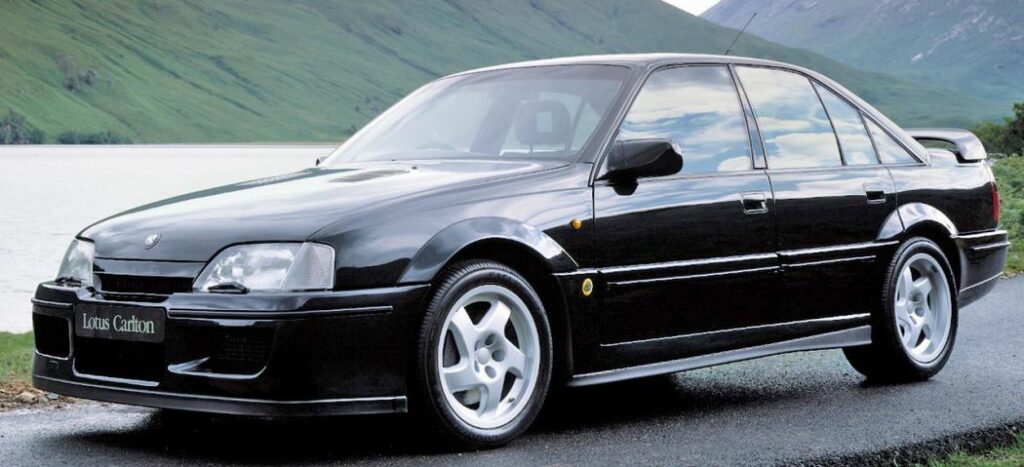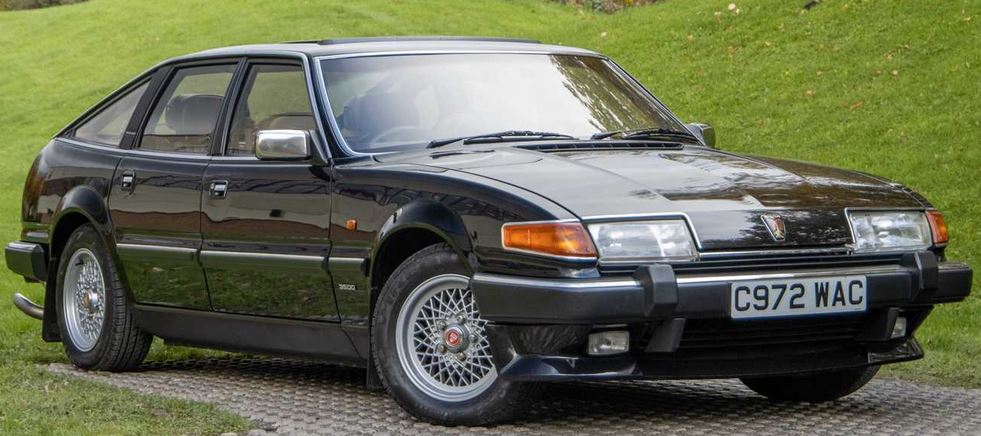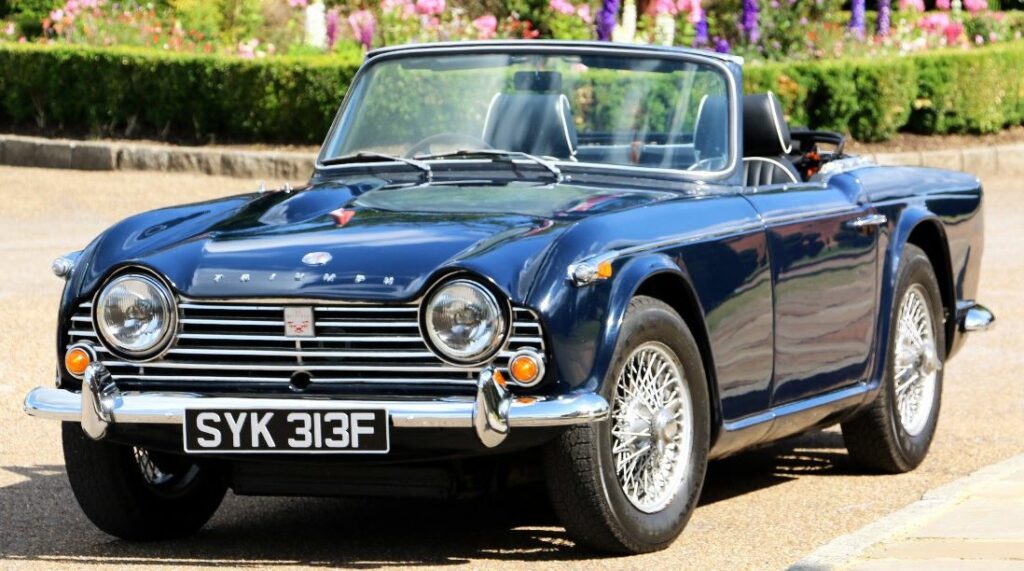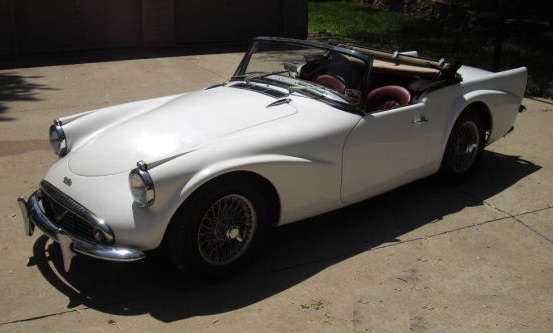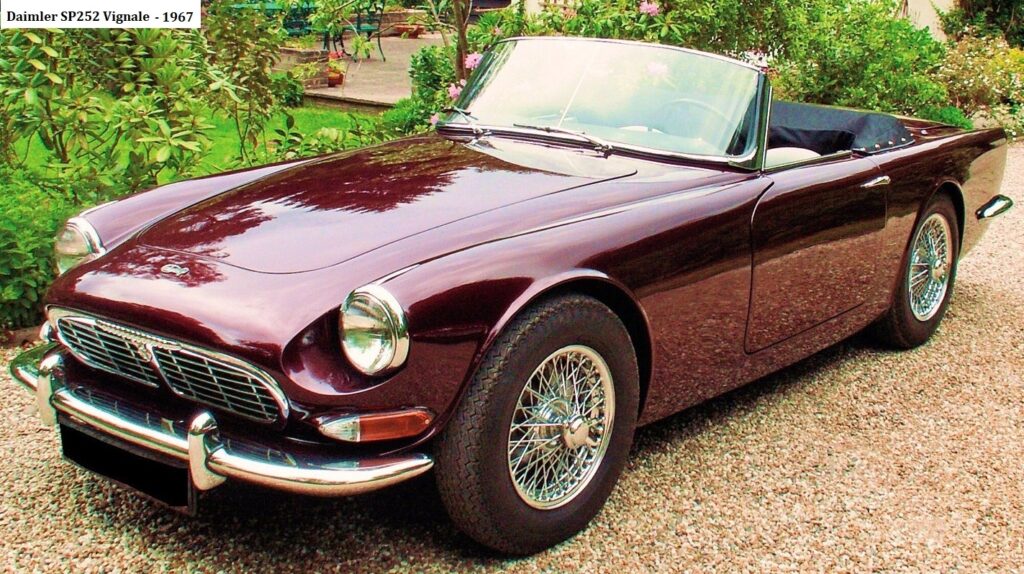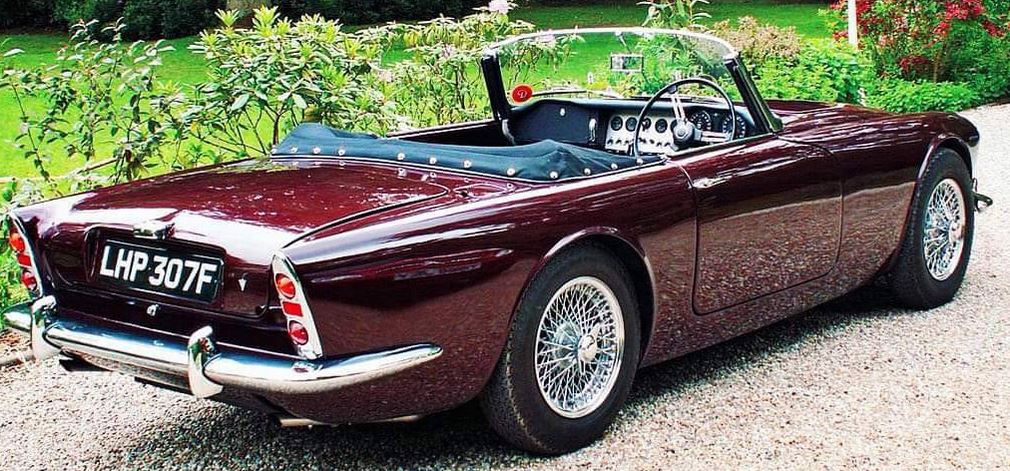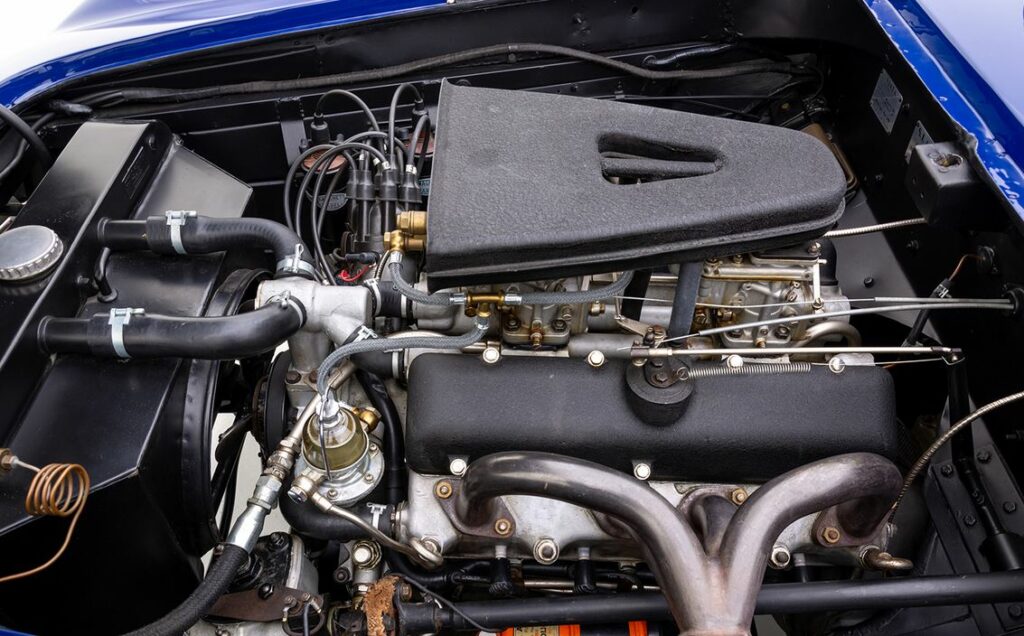I understand the sentiment behind automotive purism: the feeling that classic cars shouldn’t be modified at all, and kept in their original “as-is” condition. These are also known as “concours” (or “concourse”) cars, and there’s a whole breed of people who inhabit this world: owners, judges, nitpickers and so on.
It’s a specialty niche, and as I said, I get it. (The Gun Thing has a similar niche — you know, the guys who won’t touch a gun unless all the serial numbers match, and hardly if ever actually, you know, shoot them.)
But I also like the other kind of car guy, the kind that says, “Yeah, that’s okay; but really, times have moved on and we can improve on the original and make them more fun, more driveable, more reliable…” You get the picture.
Here’s an example of the latter, in which Jay Leno talks to the guy behind the “Outlaw 356” ethos, whose company (Emory Motorsports) takes old Porsche 356s and rebuilds these rather underpowered beauties into rip-snorting performance models.
I want one.
I wouldn’t mind one of the “pure” 356s either, mind you; but the Outlaw models… these are just excellent.

As Longtime Readers know, I’m not a Porsche fan, because they’re ugly. But if I were ever in a position to get just one Porsche, the 356 (pure or resto-modded) is probably the only one I’d consider.
And just for the hell of it, this is Jay’s favorite car in his entire garage. And it’s been “sympathetically” restored.
I want one like that, too.








